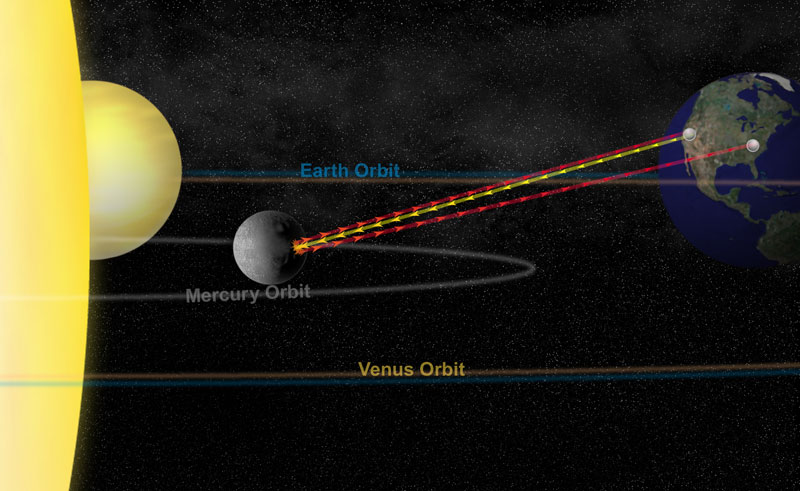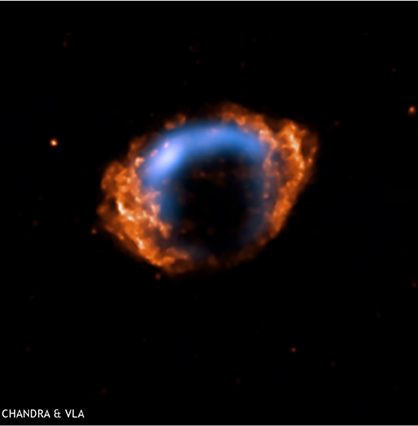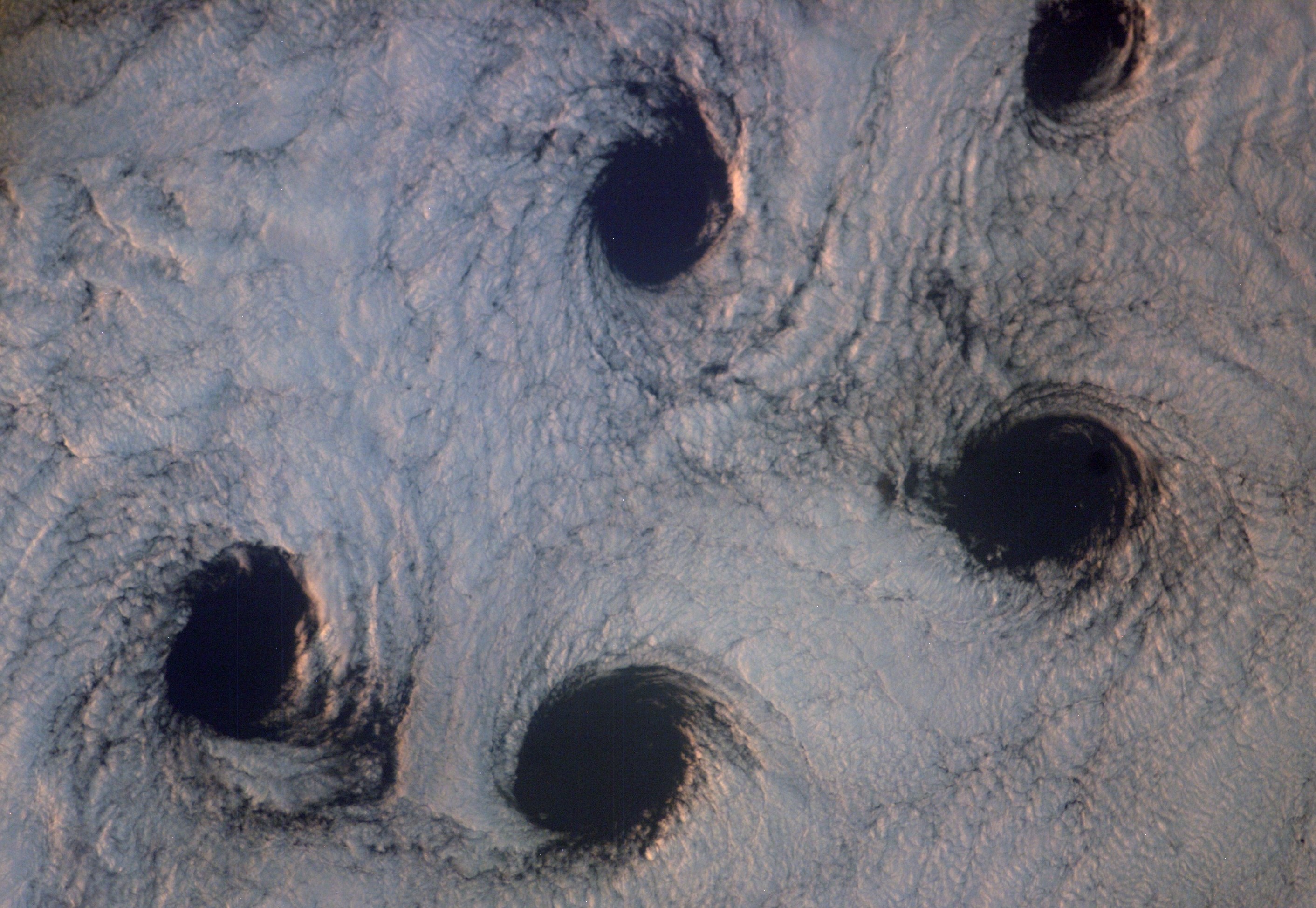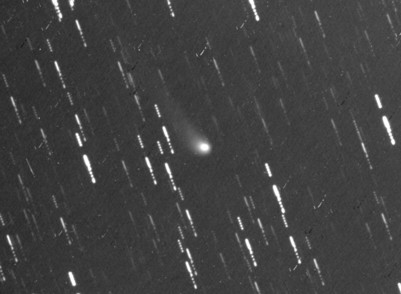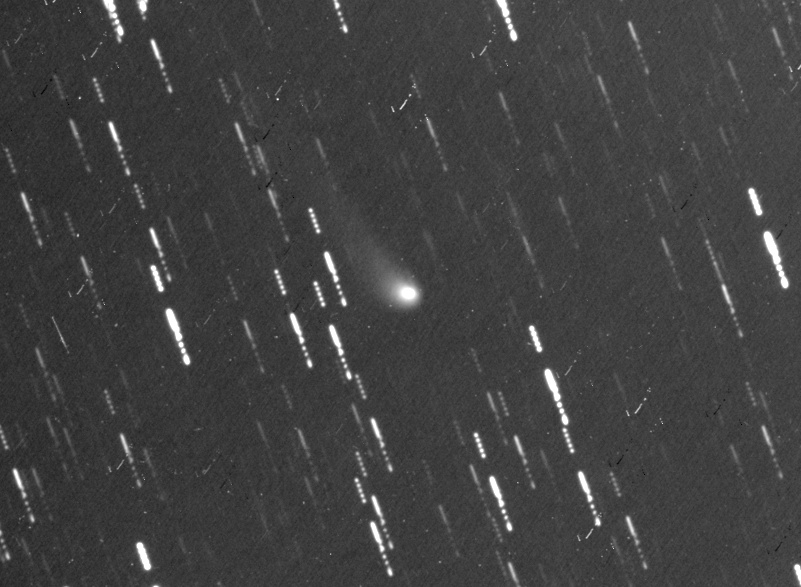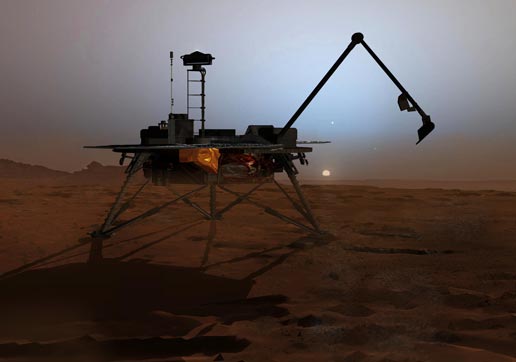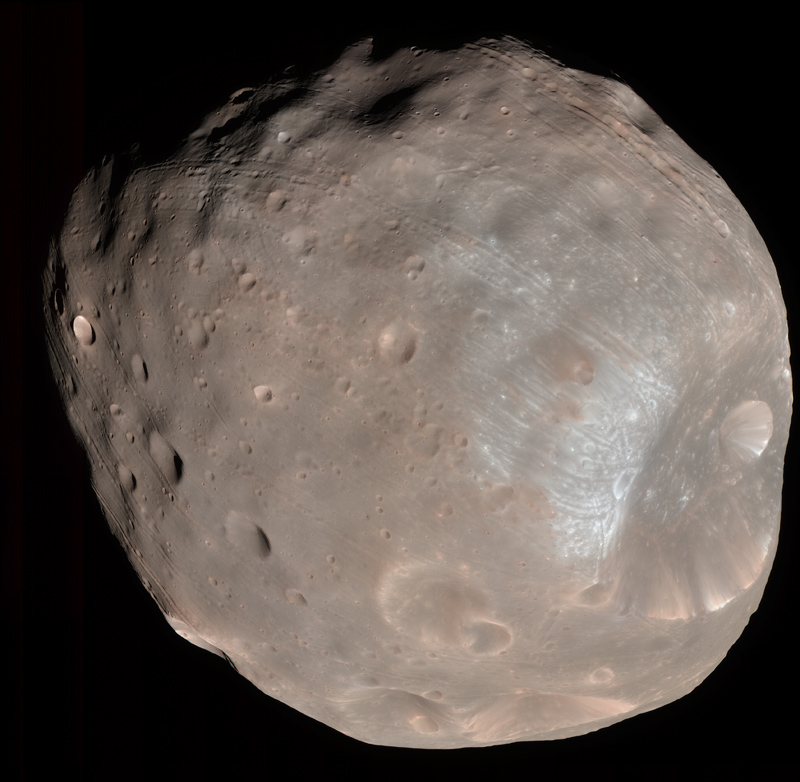Astronomers have found the remains of the youngest supernova, or exploded star, in the Milky Way Galaxy. The supernova occurred in 1868, but was hidden behind a thick veil of gas and dust. Using the Very Large Array (VLA) and NASA’s Chandra X-Ray Observatory, which could peer through the veil, astronomers have now found “G1.9+0.3,” the first example of what scientists believe are a “missing population” of young supernova remnants. This is NASA’s long awaited announcement, and astronomers have been searching for over 50 years for this type of young supernova.
From observing supernovae in other galaxies, astronomers estimate that about three such stellar explosions should occur in our Milky Way every century. However, the most recent one known until now occurred around 1680, creating the remnant called Cassiopeia A. The newly-discovered object is the remnant of an explosion only about 140 years ago.
“It’s great to finally track one of them down,” said David Green of the University of Cambridge in the UK, who led the VLA study.
Supernovas mark the violent death of a star, and release tremendous amounts of energy and spew heavy elements such as calcium and iron into interstellar space. This seeds the clouds of gas and dust from which new stars and planets are formed.
The lack of evidence for young supernova remnants in the Milky Way had caused astronomers to wonder if our Galaxy, which appears otherwise normal, differed in some unknown way from others, or if our understanding of the relationship between supernovae and other galactic processes was in error.
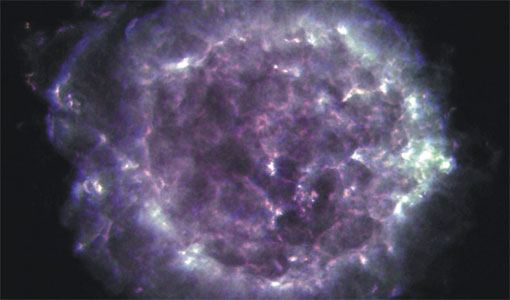
Cassiopeia A supernova remnant — from the year 1680.
The astronomers made their discovery by measuring the expansion of the debris from the star’s explosion. They did this by comparing images of G1.9+0.3, made more than two decades apart.
In 1985, astronomers led by Green observed G1.9+0.3 with the VLA and identified it as a supernova remnant. At that time, they estimated its age as between 400 and 1,000 years. It is near the center of our Galaxy, roughly 25,000 light-years from Earth.

In 2007, another team of astronomers, led by Stephen Reynolds of North Carolina State University, observed the object with the Chandra X-Ray Observatory. To their surprise, their image showed
the object to be about 16 percent larger than in the 1985 VLA image.
“This is a huge difference. It means the explosion debris is expanding very quickly, which in turn means the object is much younger than we originally thought,” Reynolds explained.
However, this expansion measurement came from comparing a radio image to an X-ray image.
To make an “apples to apples” comparison, the scientists sought and were quickly granted observing time on the VLA which confirmed the supernova remnant’s rapid expansion.
The object already has provided surprises. The velocities of its explosion debris and extreme energies of its particles are unprecedented. “No other object in the Galaxy has properties like this,” said Reynolds. “Finding G1.9+0.3 is extremely important for learning more about how some stars explode and what happens in the aftermath.”
Original News Sources: Chandra site , National Radio Astronomy Observatory

